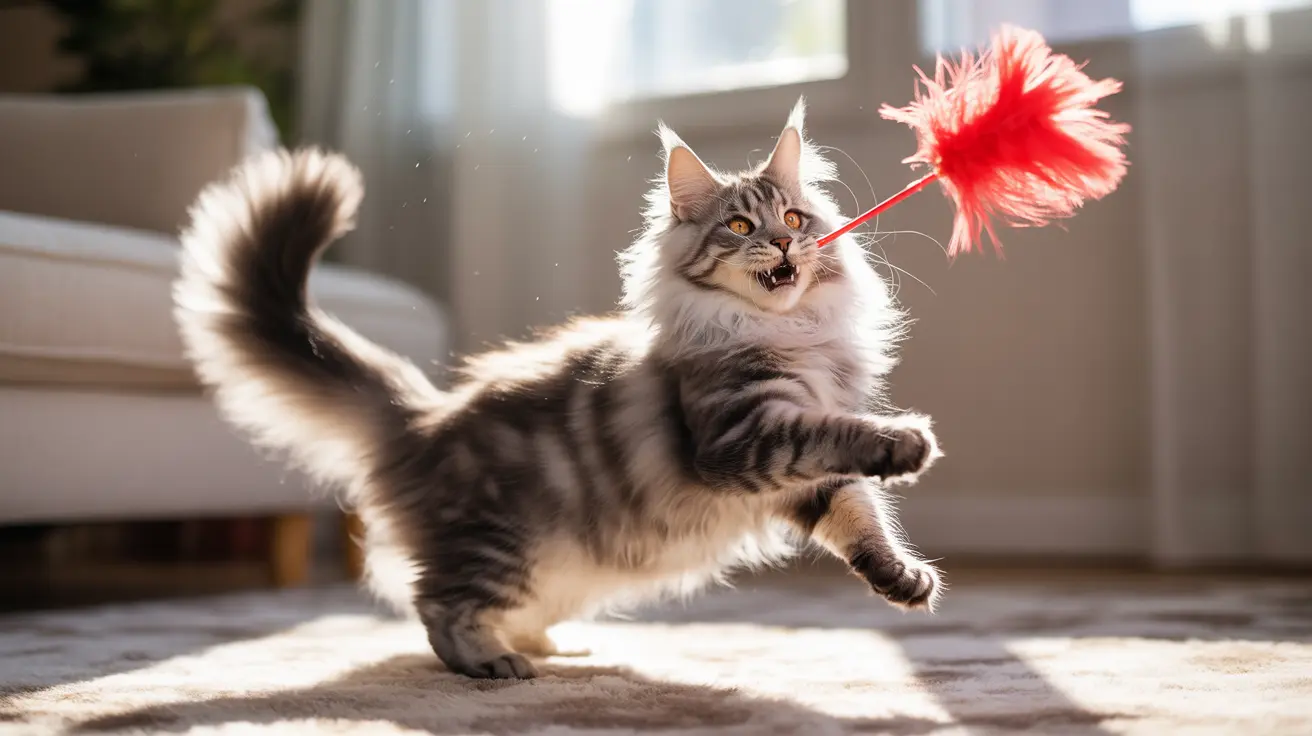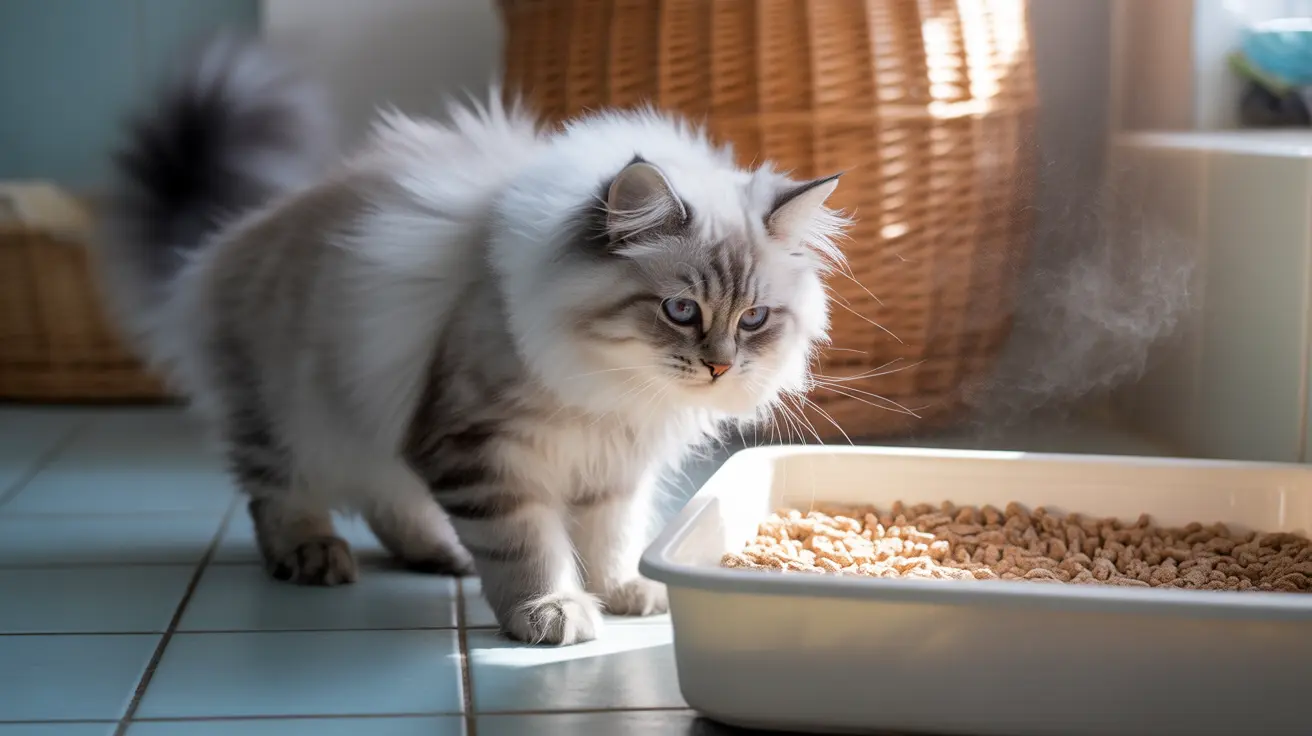Pennyroyal oil poses severe risks to dogs, and understanding its dangers is crucial for every pet owner. This comprehensive guide will explore why pennyroyal oil is extremely hazardous for dogs, what to watch for, and how to keep your pet safe from this potentially lethal substance.
Despite its historical use in folk remedies and natural flea treatments, modern veterinary science has conclusively shown that pennyroyal oil can cause rapid, devastating health effects in dogs, including life-threatening liver failure. Let's dive deep into what every dog owner needs to know about this dangerous essential oil.
Understanding Pennyroyal Oil and Its Risks
Pennyroyal oil is derived from the pennyroyal plant (Mentha pulegium), a member of the mint family. While it may seem harmless due to its natural origin, this essential oil contains a highly toxic compound called pulegone, which can cause severe organ damage in dogs, even in minimal amounts.
The oil's toxicity affects dogs through multiple exposure routes, including:
- Direct ingestion
- Skin absorption from topical applications
- Inhalation of vapors
- Contact with treated surfaces or products
Symptoms of Pennyroyal Oil Poisoning in Dogs
When a dog is exposed to pennyroyal oil, symptoms typically appear within 1-2 hours and may include:
- Severe vomiting and diarrhea
- Lethargy and weakness
- Difficulty breathing
- Seizures or tremors
- Jaundice (yellowing of eyes and gums)
- Unusual bleeding or bruising
- Loss of appetite
- Depression or behavioral changes
Emergency Response and Treatment
If you suspect your dog has been exposed to pennyroyal oil, immediate veterinary care is essential. Every minute counts in these situations, as the toxin can cause rapid organ failure.
Treatment typically involves:
- Immediate decontamination procedures
- Intensive supportive care
- IV fluid therapy
- Liver protection medications
- Blood work monitoring
- Possible blood plasma transfusions
Prevention and Safe Alternatives
The best way to protect your dog from pennyroyal oil poisoning is through prevention:
- Never use products containing pennyroyal oil on or around dogs
- Choose veterinarian-approved flea and tick treatments
- Read all ingredient labels carefully
- Keep essential oils safely stored away from pets
- Inform groomers and pet sitters about these dangers
Frequently Asked Questions
Is pennyroyal oil safe to use on or around dogs?
No, pennyroyal oil is never safe for dogs. Even small amounts can cause severe poisoning and death. Avoid using any products containing pennyroyal oil around pets.
What are the signs of pennyroyal oil poisoning in dogs?
Signs include vomiting, diarrhea, lethargy, difficulty breathing, seizures, jaundice, and unusual bleeding. These symptoms typically appear within 1-2 hours of exposure.
How should I respond if my dog is exposed to pennyroyal oil?
Immediately take your dog to an emergency veterinary clinic. Do not wait for symptoms to appear or try home remedies. Quick professional intervention is crucial for survival.
Can flea and tick products contain pennyroyal oil, and are they safe for dogs?
While some natural products may contain pennyroyal oil, these are not safe for dogs. Only use flea and tick products specifically approved by veterinarians.
What treatment options are available if my dog suffers from pennyroyal oil poisoning?
Treatment includes immediate decontamination, intensive supportive care, IV fluids, liver protection medications, and careful monitoring. There is no specific antidote, so early intervention is critical.
Remember, when it comes to essential oils and dogs, it's always better to err on the side of caution. If you're ever unsure about a product's safety, consult with your veterinarian before use.






